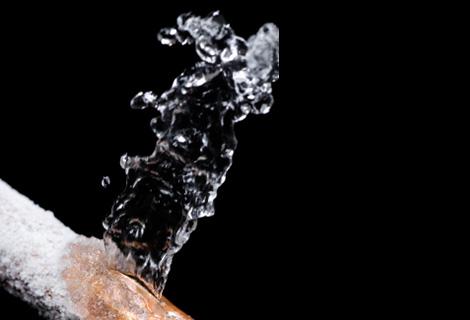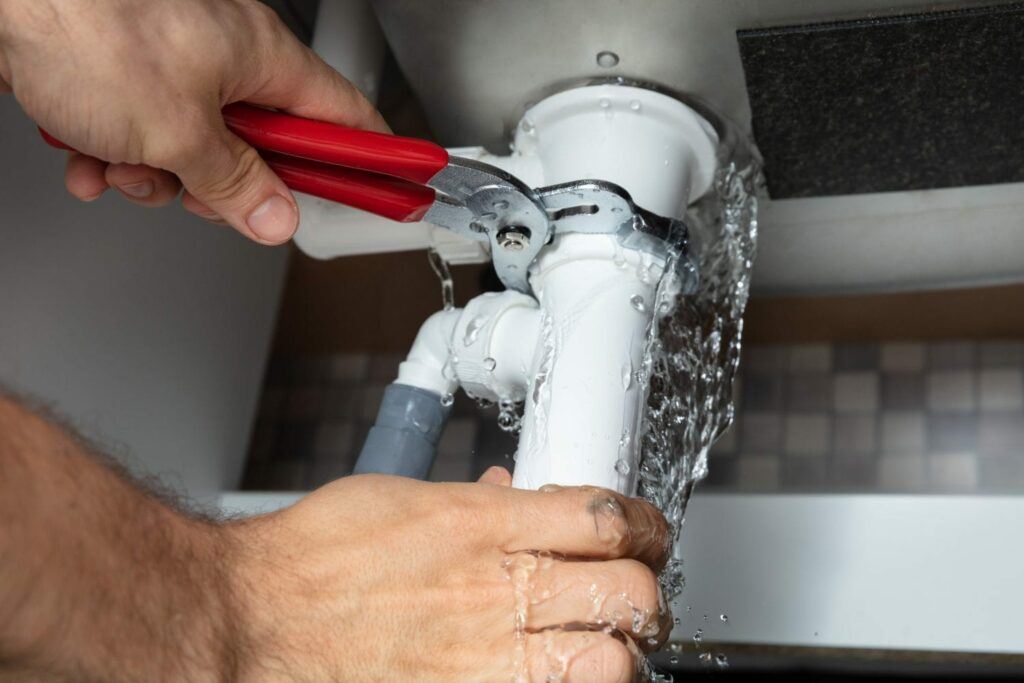What're your insights and beliefs about How to Install and Connect a New Dishwasher?

A ruptured pipeline is a major emergency; you can only stand as you view water you pay very much to reunite with the planet. In even worse cases, you discover a pool on your kitchen area flooring, which is a fantastic trip risk, specifically if you have kids around. If the pipe that ruptured remained in your walls, trouble: you may require to repaint that whole section.
Just how can a catastrophe like a burst pipe be prevented and taken care of? Well, by listening to your professional emergency plumbings and also following these regulations.
How do I know when my pipes have burst?
Changing water stress
Pipelines do not just burst in a day. You may have discovered that your kitchen area faucet or shower does not run right away when you turn the faucet. It may pause for a few secs and afterwards blast you with even more pressure than common.
In various other instances, the water might seem regular initially, then drop in pressure after a couple of secs.
Contaminated water
Many individuals think a ruptured pipeline is a one-way electrical outlet. Fairly the contrary. As water spurts of the hole or laceration in your plumbing system, impurities find their way in.
Your water may be infected from the resource, so if you can, check if your water container has any kind of problems. Nonetheless, if your drinking water is supplied and purified by the city government, you must call your plumber promptly if you see or scent anything amusing in your water.
Puddles under pipes as well as sinks
When a pipe ruptureds, the discharge creates a puddle. It might appear that the pool is growing in size, and no matter the amount of times you mop the puddle, in a few minutes, there's an additional one waiting to be cleaned up. Commonly, you might not have the ability to trace the puddle to any kind of noticeable pipelines. This is an indicator to call an expert plumber.
Damp wall surfaces as well as water discolorations
Before a pipeline ruptureds, it will leak, the majority of times. If this relentless leaking goes undetected, the leakage might graduate right into a broad gouge in your pipe. One simple method to prevent this emergency is to watch out for damp wall surfaces ad water discolorations. These water stains will lead you right to the leakage.
Untraceable trickling noises
Pipeline bursts can take place in the most undesirable places, like within concrete, inside wall surfaces, or under sinks. When the house goes quiet, you may be able to listen to an aggravatingly consistent dripping sound. Even after you've examined your shower head and also kitchen area faucet, the dripping may proceed.
Beloved visitor, the dripping might be coming from a pipeline inside your walls. There isn't much you can do about that, other than inform a specialist plumber.
Turn up the Warm
Set up followers to blow warm right into cool spaces. Maintain the garage door closed. If you have actually reduced water flow, heat one of the most at risk pipelines (normally in basements and crawl spaces or near exterior walls) with a hair clothes dryer. Leave the tap on while you use warmth. As you thaw ice, the flow will enhance. To prevent pipes from freezing, protect your walls.
Start Eliminating the Water
Get hold of the mop, buckets and a store vacuum cleaner to begin to do away with the water because you certainly don't desire it saturating into every little thing else in your house. Plus, a fast clean up will minimize the opportunities of something getting moldy.
What do I do when I find a ruptured pipe?
Your water meter will continue to run also while your water wastes. To decrease your losses, discover the main controls and also transform the supply off. The water pipe are an above-ground framework beside your home.
How to Fix & Detect a Leaking Pipe
How Do I Know if a Pipe is Leaking?
Leak detection tests can help you determine if your pipe has a leak. Even if you don’t see an apparent leak, you should still conduct leak detection tests regularly to save water and money—and prevent major damage to your home.
Water meter. It can be helpful to figure out what your usual water meter usage numbers are and then monitor them regularly. To monitor your meter, first, turn off all water faucets in your home. Check the meter and write down the numbers. In a few hours, check the meter again. If the numbers have changed, you have a leak. Water gauge. Use a water gauge to test your water pressure. Your showerhead should produce a certain amount of water pressure based on its model and design. If the pressure is lower than it is supposed to be for that specific showerhead, your home likely has a leak. Puddles. Look inside your bathroom, laundry, and kitchen sink cabinets. Puddles around the cabinets or around toilets, tubs, showers, and washing machines indicate the presence of a leaking pipe. You may also notice loose tiles, peeling or flaking paint, or mold caused by water accumulation. Napkin test. Even if you don’t see any puddles, you may still have a leak. You can test for water leaks in the bathroom, laundry, and kitchen by wiping below-sink connections with a napkin, paper towel, or piece of toilet paper. If it becomes damp, you probably have a leaking pipe under the sink. Discolored walls. Walls that are discolored—usually with brown or yellow stains—or bulging might mean that they have been impacted by water damage caused by a leaking pipe. Smell. A leaky pipe will create sitting water, and over time, that water may develop a musty smell. If your home smells musty, but you can’t locate the source, it may be due to a leak. Steps for Fixing a Leaking Pipe
A leaky drain can be remedied by tightening the pipe base, replacing the drain seal, caulking the rim, and tightening the pipe nut. Similarly, a leaking toilet pipe can be treated by tightening the packing nut. You may also need to replace the valve. A leaky faucet may just need tightening or replacement of the washers. If that doesn’t work, consider replacing your faucet. If your pipe has a hole in it, you may want to use a pipe leak sealer or pipe leak tape. This quick fix for water pipe leaks can also temporarily fix a copper pipe leak. https://www.ahs.com/home-matters/quick-tips/how-to-tell-if-pipes-are-leaking/

Do you really like reading about How to Install and Connect a New Dishwasher? Create feedback down the page. We'd be pleased to see your opinion about this post. We hope that you visit us again soon. Sharing is nice. You never know, you will be helping someone out. Thanks a lot for your time. Please check our blog back soon.
Drains blocked? Dial.